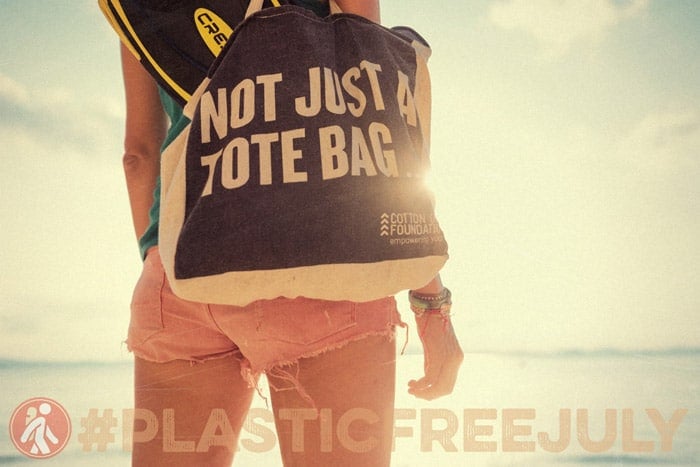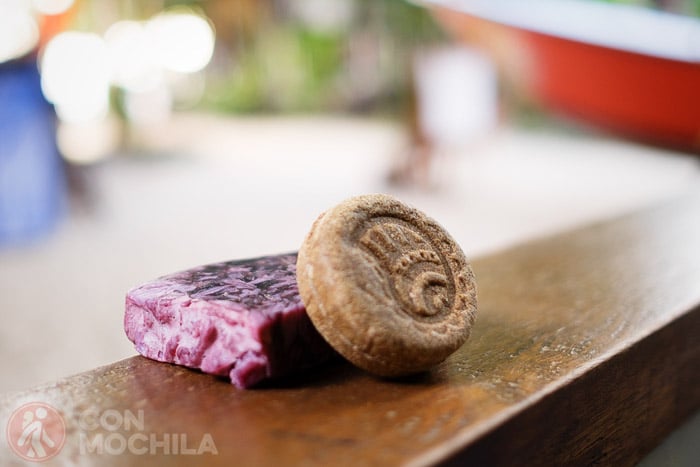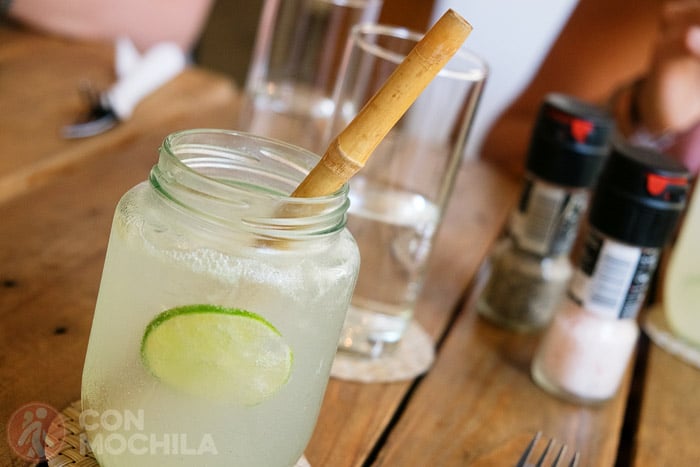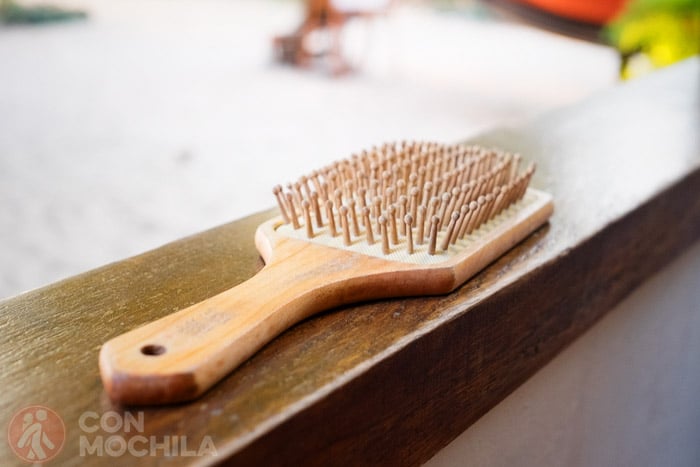Let’s stop complaining. Enough of getting sick when we see beaches full of plastic, getting desperate when we read people (and bloggers) who remorselessly promote disposable items, or coming out of the water grumbling every time we pick up a bag from the sea.
We are not even going to write an article to raise awareness about the environmental impact of plastics, that is better done by people who are dedicated to it (Greenpeace: a Mediterranean Full of Plastic) and we are sure that most of our readers are well aware of its consequences.

This time we have decided to channel the energy and use it for something positive, and the #plasticfreejuly initiative has given us an idea: to share with you our small solutions and write an article with some simple habit changes that help travelers minimize the amount of plastic waste when packing their backpack.
As I already mentioned in the article “Travel Without Leaving a Trace” (coming soon), in some countries recycling is an impossible mission, so while we travel we have no choice but to reduce or reuse (something that we should really do in our daily lives).
We know that, for many people, traveling without using disposable products seems complicated, as we are used to single-dose packaging; we ourselves had to go through a learning process, and over time we have improved (or so we think, because the plastic-free travel bag is already a good way to put it into practice).
There are websites and blogs of very conscious people who have specialized so much in reducing waste that one can get overwhelmed by looking at them (Zero waste home, Trash is for tossers) How do they manage to spend entire months generating less than a bag of garbage?
Well, at some point they also started from the beginning and, little by little, changing more and more habits, they have managed to reach their goal.
When you start with a gesture, then you want to go a little further, and then a little more… and in the end you are almost an expert.
Shall we try it? In this post we begin with 10 simple tips, see how easy it is to get started!
This is the simplest of all. How much space can a bag that folds up take in your backpack? Nothing, and the amount of plastic bags you can save the planet is enormous, especially in countries where environmental awareness on the street is almost non-existent. This is the one we have used to illustrate this article.
There are many countries where there are vending machines for drinking water on the street, which are also cheaper than bottled water (you can find them in Malaysia, Thailand, the Philippines, etc.). They are all advantages, and the space occupied by the aluminum bottle is the same as that occupied by the plastic bottle.
Razors are a must-have in most travel bags, as we often try to avoid hair removal devices to save space in our backpacks. One way to avoid the typical disposable razors is to buy a razor with interchangeable heads, which, to be fair, are usually of much higher quality and very long-lasting. Each head can last several weeks, while plastic blades have to be thrown away after the second or third use.
Yes, solid shampoo exists, it cleans hair just as well as liquid shampoo, and today there are many brands that distribute them, and varieties for different hair types. The same goes for soap; a few years ago you could only find the typical bar that left your skin rougher than a persimmon, today there are as many as there are brands of bottled soap. You can also try to make them yourself at home, as there are plenty of tutorials on the Internet.

This type of knife usually has a fork, spoon and knife, something that will undoubtedly be given to us in plastic if we order takeaway food. It takes up little space and ends up being used more than one might initially think.
In Thailand, they can use several plastic bags, plus a straw, plus plastic cutlery, plus the corresponding polystyrene container for a simple takeaway meal. I think we can survive if we eat that plate of pad thai sitting in the market instead of taking it home…
I think that at this point there are few people who don’t know or haven’t heard about the menstrual cup, but what are its advantages that make it so talked about? Well, in addition to being very comfortable and not aggressive for the body, it helps reduce waste, since a cup lasts for years, during which time we would have used hundreds of pads or tampons with their corresponding applicators and plastic wrappers.
It is true that, due to the hygiene conditions it requires, there are trips where it can be uncomfortable to use, especially if you are not going to have a private space in which to wash it, but as long as you have a place to boil and clean it, I highly recommend it.
Don’t you get the feeling that the use of straws has increased lately? There is no soft drink that is not served with the damn plastic, and do you know where they can end up when they are not recycled? Well, in the most unexpected places, with animals often being the most affected. Watch this video of a sea turtle that had a straw stuck in its nostrils. Hopefully soon their use will be reduced or reusable straws will be used more often.

For example, hairbrushes or toothbrushes. We haven’t tried the ones for teeth, but wooden hairbrushes are sold almost everywhere.

I talked about the problem of microplastics in the article “Responsible Snorkeling”, so there you have links to articles of interest. Please, avoid products whose labels contain ingredients such as polyethylene (Polyethylene: PE), polypropylene (polypropylene: PP), polyethylene glycol (PEG followed by a number), polymethyl methacrylate (PMMA) and polyethylene terephthalate (PET). A simple way is to replace creams with oils, which give a similar result by perfectly moisturizing the skin. Find the type of oil that best cares for you.
And that’s our little contribution. It doesn’t seem so complicated, does it? It’s just a question of attitude. We’ll be delighted to hear your recommendations.
ACTIVE CAMPAIGN !
Until december 1st, you can get an automatic 15% discount on your Heymondo travel insurance.